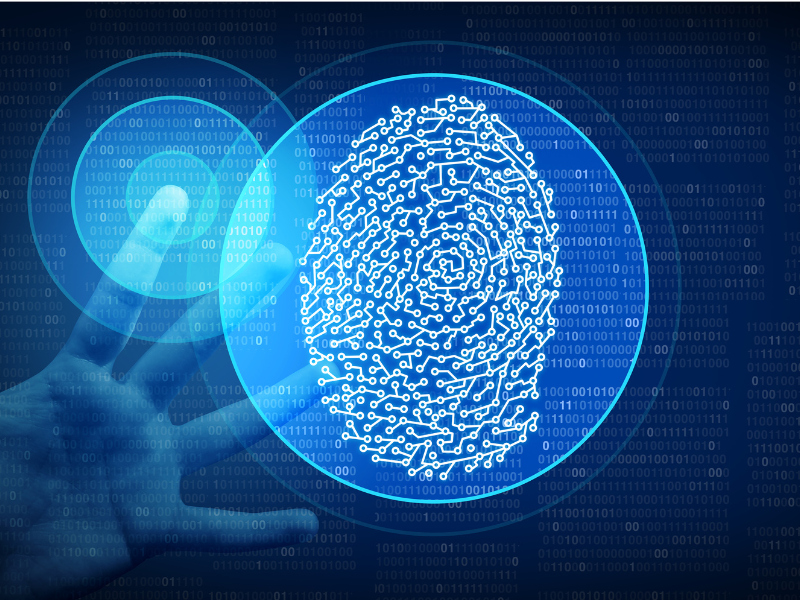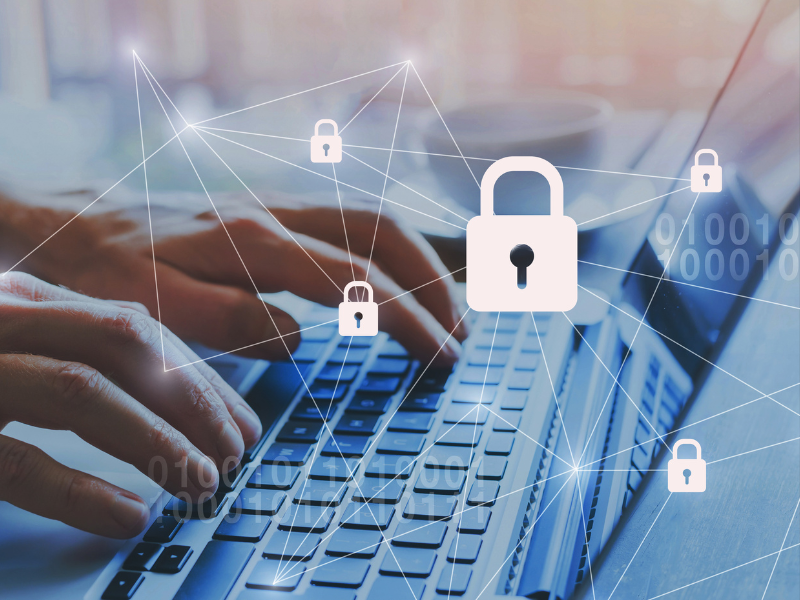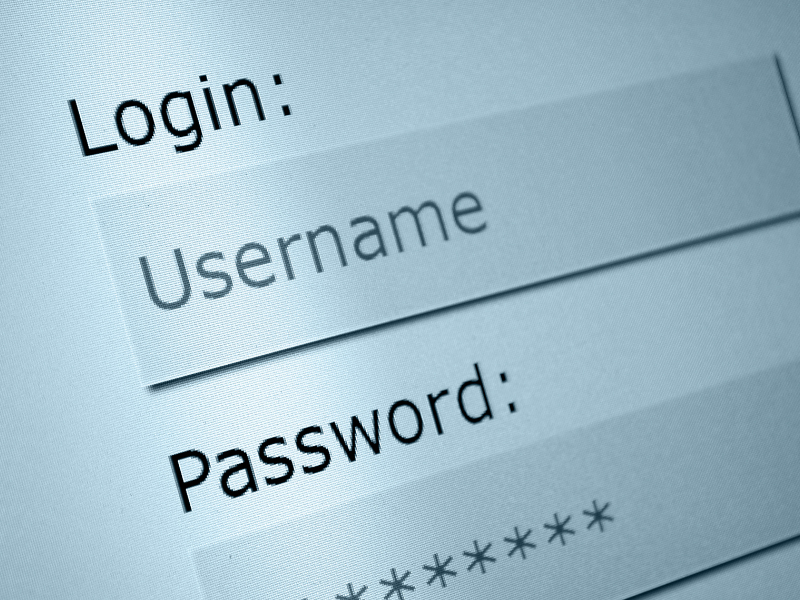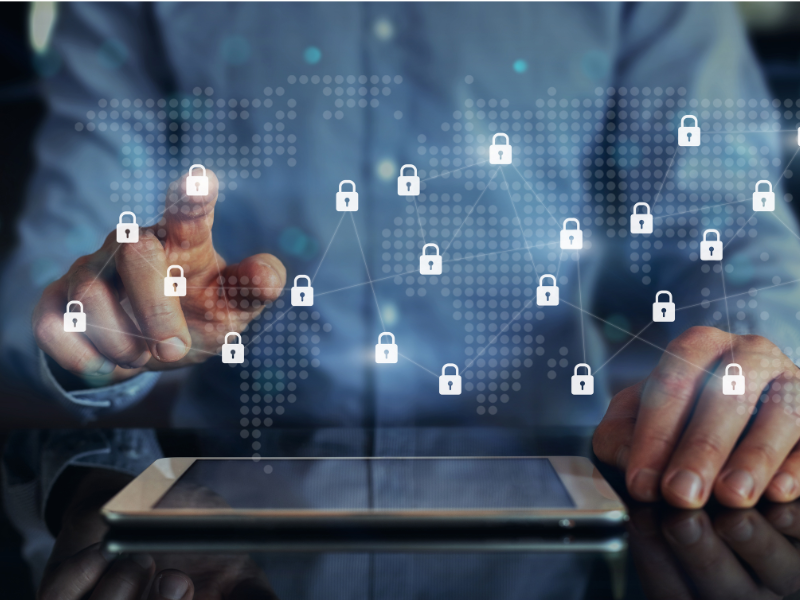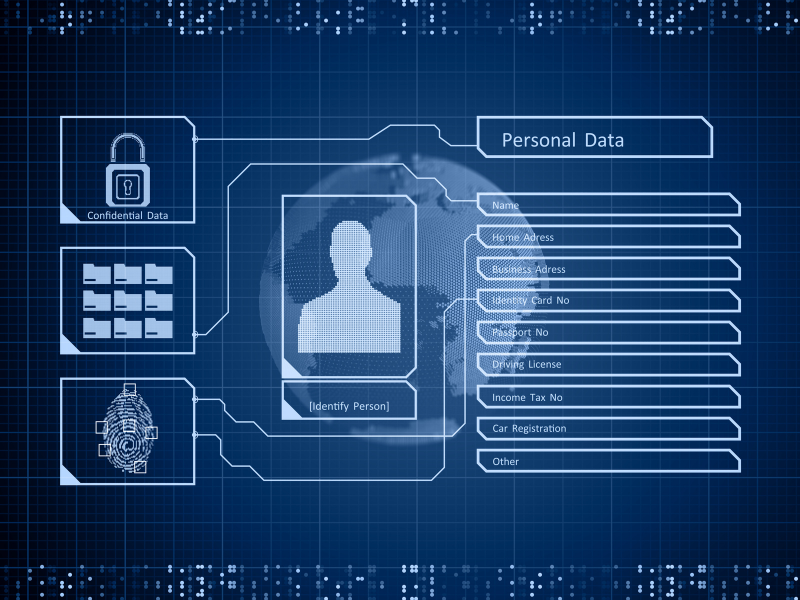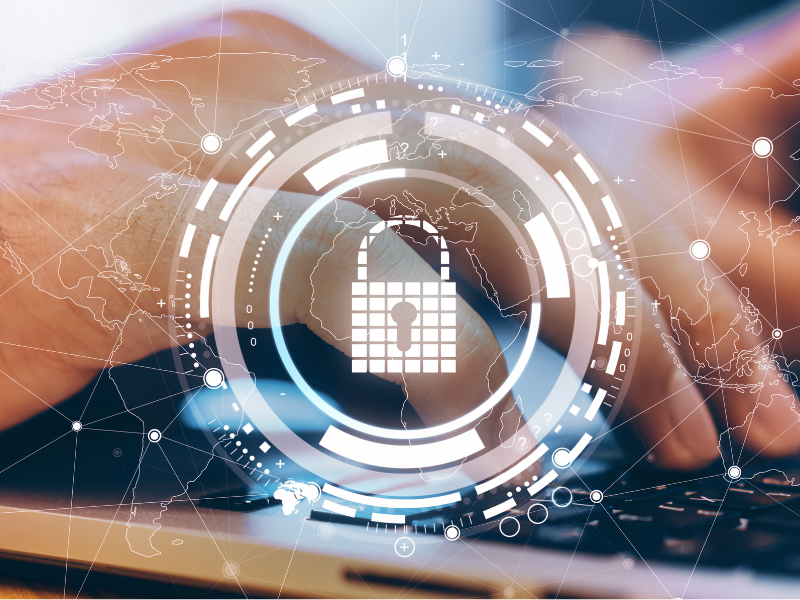Passwords have been a cornerstone of online security for decades, but we all know how frustrating and vulnerable they can be. Remembering dozens of complex combinations or dealing with breaches has left us searching for a better way to protect our digital lives. That’s where FIDO, or Fast Identity Online, steps in to revolutionize how we secure our accounts.
Key Takeaways
- FIDO (Fast Identity Online) eliminates reliance on passwords, utilizing advanced authentication methods like biometrics and cryptographic keys for secure, seamless user verification.
- FIDO protocols, including UAF, U2F, and FIDO2, enhance security through local device-based authentication, mitigating risks like phishing, credential theft, and MITM (man-in-the-middle) attacks.
- Benefits of FIDO include enhanced security, a frictionless user experience, and simplified access across devices, reducing the hassles and vulnerabilities associated with traditional passwords.
- Real-world applications span personal devices, enterprises, and regulated industries, offering strong authentication for online accounts, corporate networks, and sensitive transactions.
- Challenges to FIDO adoption include legacy system compatibility, user awareness, device dependency, and addressing privacy concerns around biometric data and interoperability.
- The future of FIDO focuses on innovations like multi-modal biometrics, post-quantum cryptography, and IoT integrations, alongside growing global industry adoption in sectors like finance, healthcare, and government.
FIDO isn’t just another buzzword; it’s a game-changing standard designed to make authentication faster, easier, and far more secure. By moving beyond traditional passwords, it’s paving the way for a future where logging in feels seamless and safe. Whether it’s through biometrics or other advanced methods, FIDO is reshaping how we think about online security.
Let’s explore what FIDO is all about, why it matters, and how it’s transforming the way we interact with technology. Alongside FIDO, innovations like Private Identity’s privacy-preserving technologies ensure we can achieve strong authentication without compromising user privacy.

What Is FIDO?
FIDO, or Fast Identity Online, is a set of authentication standards designed to eliminate reliance on passwords. It combines advanced methods like biometrics and cryptographic keys to provide secure, frictionless user verification.
Understanding FIDO Meaning: Fast Identity Online
FIDO represents a shift toward passwordless authentication. By using a combination of public key cryptography and device-based credentials, FIDO ensures secure access without transmitting sensitive data. For example, fingerprint scans or facial recognition on smartphones authenticate users without exposing private keys.
FIDO protocols guarantee protection against common attacks like phishing and credential theft. Authentication happens locally on the user’s device, significantly reducing vulnerabilities present in traditional password systems. Private Identity, for example, complements this approach by ensuring that biometric data is processed on-device, eliminating the need to transmit sensitive information and protecting user privacy.
Brief History of FIDO Alliance
The FIDO Alliance, founded in 2013, began as a collaborative effort to create open standards for online authentication. Notable founding members included PayPal, Lenovo, and Nok Nok Labs. These organizations prioritized innovation to resolve issues arising from reliance on passwords.
Since its inception, the alliance has gained over 250 members, including tech leaders like Google, Microsoft, and Apple. In 2014, it introduced the Universal Authentication Framework (UAF) and Universal Second Factor (U2F) protocols, which paved the way for seamless and secure authentication in modern systems.
How FIDO Works
FIDO eliminates the dependency on passwords by leveraging robust authentication methods. It enhances both usability and security through decentralized, device-based verification.
Passwordless Authentication Explained
FIDO employs private and public key cryptography to enable passwordless authentication. During account setup, a device creates a unique private-public key pair. The private key stays on the user’s device, while the public key is shared with the service provider. Authentication occurs when a user proves possession of the device-linked private key, often via biometrics or a PIN. For instance, scanning a fingerprint or entering a local PIN unlocks access without transmitting sensitive data.
This process ensures that even if a service provider’s database is compromised, credentials remain secure. The use of unique key pairs for each service further reduces cross-platform risks. Private Identity mirrors this concept by offering on-device biometric verification that ensures user identity is authenticated locally, without transmitting personal data across systems.
Security Protocols and Technology
FIDO relies on advanced protocols like the Universal Authentication Framework (UAF) and Universal Second Factor (U2F). UAF supports passwordless authentication, allowing logins through local verifiers such as biometric sensors. U2F enhances security by requiring a physical security key in addition to traditional methods.
FIDO2, introduced later, elevates these standards through the WebAuthn API and Client to Authenticator Protocol (CTAP). WebAuthn facilitates integration with browsers, enabling seamless authentication, while CTAP bridges communication between devices and external authenticators, such as hardware tokens or smartphones.
These technologies thwart phishing, MITM (man-in-the-middle) attacks, and replay attacks by performing local authentication and using unique credentials. This decentralized approach minimizes vulnerabilities associated with centralized server storage. Private Identity’s on-device processing provides an added layer of security, ensuring biometric data is never exposed to third-party servers.
Benefits of FIDO
FIDO redefines online authentication by offering advanced security and a smoother user experience. Its innovative standards provide significant advantages over traditional password-based systems.
Enhanced Security Features
FIDO strengthens online security by utilizing public key cryptography and device-based credentials. This approach protects against phishing, man-in-the-middle attacks, and credential theft by conducting authentication locally on users’ devices. Since private keys never leave the device and remain inaccessible to external servers, credential exposure is effectively minimized. Protocols like FIDO2 bolster protection further with components such as WebAuthn and CTAP, ensuring compatibility with modern browsers and devices while maintaining high security.
Private Identity’s solution mirrors this by ensuring that biometric authentication occurs directly on the user’s device, maintaining data privacy and minimizing the risks of central data breaches.
Improved User Experience
FIDO delivers a seamless login experience by eliminating the need to remember passwords. Biometric methods such as fingerprint or facial recognition simplify authentication for users, while security keys or built-in device authenticators enhance convenience without compromising safety. This streamlined process reduces login friction and account recovery challenges, addressing common frustrations associated with traditional systems. By integrating directly with devices, FIDO ensures faster, more intuitive access across platforms.
For users of Private Identity, this seamless experience extends beyond the login to biometric authentication, which eliminates the need for multiple passwords and ensures secure access with minimal friction.
Use Cases for FIDO
FIDO’s passwordless authentication standard offers practical applications in various scenarios, enhancing security and user experience across personal and enterprise environments.
Applications in Personal Devices
FIDO simplifies authentication on personal devices by integrating biometric methods like fingerprint recognition, facial scans, or voice authentication. Smartphones, tablets, and laptops supporting FIDO protocols allow users to access apps and services without managing complex passwords. For example, users can log in to their banking app using fingerprint authentication or securely access social media accounts with facial recognition.
In gaming platforms and digital wallets, FIDO enhances security against account takeovers and phishing attacks. Gamers protect sensitive data, and wallet users perform encrypted transactions effortlessly. Smart home systems also adopt FIDO standards for secure access to IoT devices, such as locking or unlocking smart doors.
Enterprise-Level Implementations
Organizations benefit from FIDO by improving workplace authentication processes. Enterprises deploy FIDO2-compliant solutions like hardware security keys or biometric devices to provide strong authentication for employees accessing corporate networks and sensitive systems. These measures reduce risks of phishing and credential breaches, safeguarding critical business assets.
Remote work environments use FIDO to enable secure and seamless access for dispersed teams. For instance, FIDO protocols integrate with Single Sign-On (SSO) systems, ensuring employees authenticate efficiently without compromising security. Large corporations, including tech giants like Microsoft, Google, and Apple, already embed FIDO technology in their identity and access management systems for operational resilience.
Regulated industries such as healthcare and finance use FIDO’s robust mechanisms to comply with stringent data protection laws. Hospitals implement it for secure access to patient records, while banks secure high-value transactions by deploying multi-factor authentication based on FIDO standards.
Challenges and Limitations
Although FIDO offers significant advancements in online authentication, certain challenges may impact its widespread adoption and implementation.
Potential Barriers to Adoption
Adoption of FIDO protocols can be hindered by varying technical and logistical factors. Incompatibility with legacy systems presents a major obstacle, as organizations relying on older infrastructure may find integration complex or cost-prohibitive. Smaller businesses with limited resources might struggle to implement FIDO standards, particularly if their IT teams lack expertise in advanced authentication technologies.
Limited consumer awareness is another barrier. Many users remain accustomed to passwords and might resist transitioning to device-based or biometric authentication. Broad adoption requires educating users about the security benefits and usability improvements associated with FIDO standards.
Additionally, device dependency can create challenges. Since FIDO relies on physical devices like smartphones or FIDO-enabled security keys, users without access to such devices may face difficulties participating in this passwordless model. This constraint is especially problematic in regions with limited technology access.
Addressing Privacy Concerns
Implementing FIDO raises privacy-related concerns, particularly around the use of biometric data. For example, storing sensitive data like fingerprints or facial features locally on devices might elicit worries about unauthorized device access and data misuse. While FIDO minimizes data exposure by keeping private keys and biometrics on the user’s device, misconceptions about local storage security persist.
Another privacy challenge arises from interoperability across services. FIDO enables seamless use of credentials across multiple platforms, but some individuals might question what data is being shared between service providers, even if no personal data is directly transmitted. Enhancing transparency in communication between users and service providers is critical to building trust.
Finally, regulations like GDPR in the European Union require organizations to handle all forms of sensitive personal data carefully. Businesses integrating FIDO may need to demonstrate compliance with these laws and ensure robust data protection measures are in place to address privacy obligations effectively.
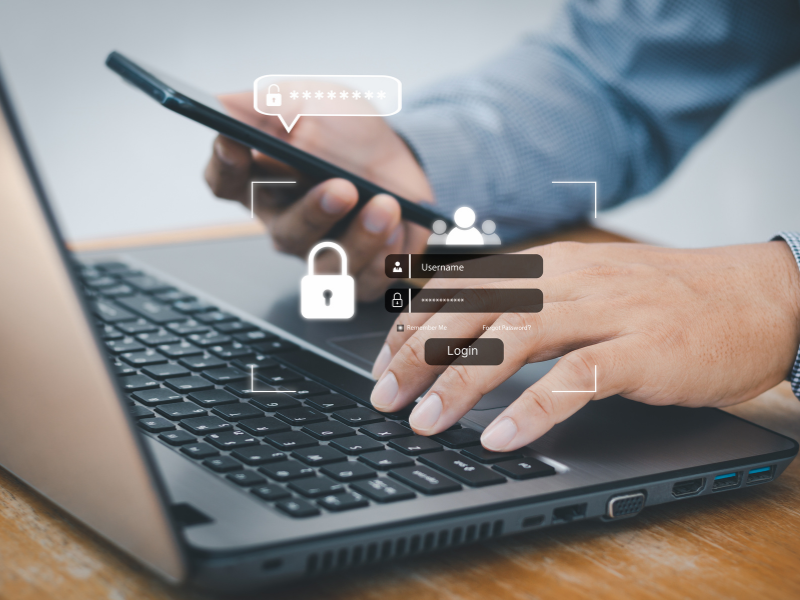
Future of FIDO Technology
FIDO technology is continuously evolving, paving the way for advanced, secure, and user-centric authentication solutions. Emerging innovations and growing industry adoption are set to redefine digital security standards.
Innovations on the Horizon
FIDO advances focus on combining security with convenience by integrating cutting-edge technologies. One such innovation involves enhancing biometric authentication by incorporating multi-modal systems that combine fingerprints, facial recognition, and voice verification. This approach strengthens accuracy and ensures accessibility for diverse users.
Post-quantum cryptography is gaining traction within FIDO protocols to counter potential risks posed by quantum computing. By adopting quantum-resistant algorithms, future FIDO solutions aim to maintain robust security even as new computational threats emerge.
Additionally, expanded support for wearable devices and IoT integration is in development, aligning FIDO technology with the growing ecosystem of connected devices. FIDO-enabled smartwatches and IoT systems promise seamless authentication across modern digital environments.
Industry Adoption Trends
Global industry adoption of FIDO technology demonstrates steady growth as organizations prioritize security and user convenience. Major tech companies, including Google, Microsoft, and Apple, have integrated FIDO-compatible solutions into their ecosystems, encouraging widespread use.
Banking and financial institutions are integrating FIDO protocols to combat fraud and streamline customer interactions. By replacing OTP-based systems with biometric and public-key cryptography, these sectors enhance transaction security.
Regulatory compliance contributes to adoption in sectors like healthcare and finance, where stringent data protection laws drive demand for FIDO’s secure authentication solutions. Governments have also begun incorporating FIDO standards in e-governance platforms, further boosting credibility and trust.
Emerging markets, however, present untapped potential for FIDO penetration. As awareness increases, smaller businesses and consumers in these regions are expected to adopt FIDO-based solutions for enhanced security and simplified authentication.
Conclusion
FIDO is reshaping the way we approach online security, offering a powerful alternative to outdated password-based systems. By leveraging advanced technologies like biometrics and public key cryptography, it provides a seamless and secure authentication experience that protects against modern threats.
As FIDO continues to evolve, its potential to enhance both personal and enterprise security is undeniable. With growing industry adoption and innovations on the horizon, it’s clear that FIDO is paving the way for a safer, passwordless future.
Solutions like Private Identity further complement FIDO’s goals by ensuring that biometric data is processed locally on users’ devices, eliminating the need to transmit sensitive information over the network. This privacy-preserving approach strengthens both security and compliance with data protection regulations.
As industries continue to prioritize digital transformation, the demand for secure, privacy-conscious, and user-friendly authentication solutions will only grow. FIDO, alongside technologies like Private Identity, will play a pivotal role in ensuring that digital security evolves in a way that meets the expectations of both users and regulators alike.
Frequently Asked Questions
What is FIDO and how does it improve online security?
FIDO (Fast Identity Online) is a standard for passwordless authentication that uses public key cryptography and device-based credentials to enhance online security. By eliminating passwords, FIDO protects against phishing, credential theft, and other attacks, ensuring secure access through local authentication on the user’s device.
How does passwordless authentication work with FIDO?
Passwordless authentication with FIDO relies on a private-public key pair. The private key is securely stored on the user’s device, while the public key is shared with the service provider. This method ensures secure access without transmitting sensitive information.
What is the FIDO Alliance, and what role does it play?
How do FIDO2, WebAuthn, and CTAP work together?
FIDO2 includes the WebAuthn API and Client to Authenticator Protocol (CTAP). WebAuthn enables secure web authentication, while CTAP facilitates communication between devices and authenticators, enabling passwordless login across browsers and devices.
What are common use cases for FIDO?
FIDO is widely used in personal devices, enabling secure and convenient access via biometrics for apps, smart home systems, and gaming. In enterprises, it enhances employee authentication and compliance with data protection laws, particularly in healthcare and finance.
What challenges does FIDO face in adoption?
FIDO adoption faces hurdles such as compatibility issues with legacy systems, low consumer awareness, and device dependency. Additionally, privacy concerns regarding biometric data and regulatory compliance requirements like GDPR need to be addressed.
How does FIDO protect biometric data and privacy?
FIDO does not transmit or store biometric data on servers. Biometric authentication is performed locally on devices, and only cryptographic keys are shared, ensuring user privacy and minimizing exposure to breaches.
What industries are adopting FIDO technologies?
Industries like banking, healthcare, and finance are adopting FIDO technologies to enhance security and comply with data protection regulations. Major tech companies and emerging markets are also integrating FIDO solutions for improved user experiences.
What advancements are expected in FIDO’s future?
FIDO is evolving with innovations like multi-modal biometrics (combining fingerprints, facial recognition, and voice), post-quantum cryptography for future-proof security, and integration with IoT and wearable devices to expand its applications further.

